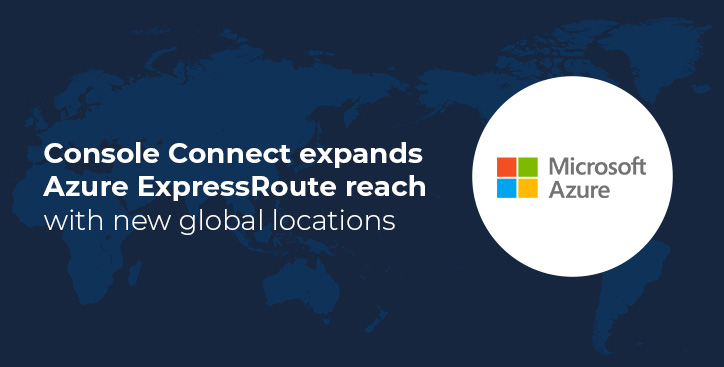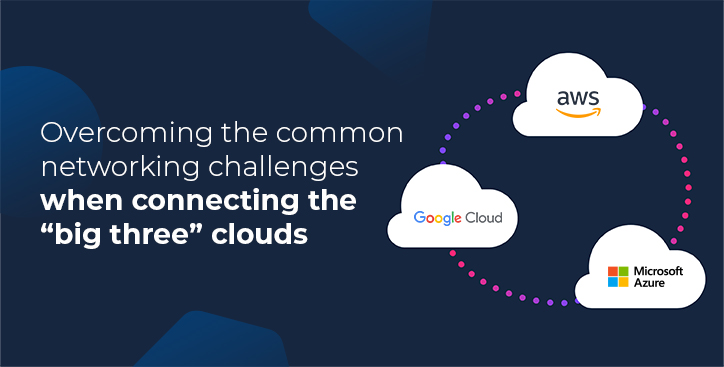The power of virtual mesh: 5 key benefits of Console Connect’s CloudRouter®
By Lily Bennett|27 March, 2025
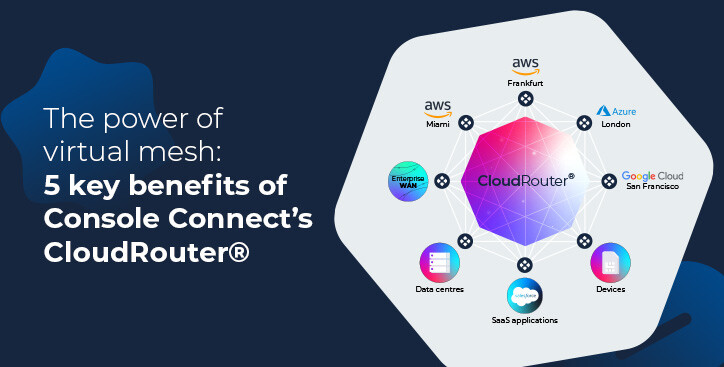
As technology advances, managing networks becomes increasingly complex. Enterprises need a network that is agile, resilient, and easy to scale.
This is where Layer 3 virtual routers, like Console Connect’s CloudRouter®, provide an ideal solution for connecting multiple network endpoints, such as clouds, data centres and devices. Unlike traditional routers, virtual routers dynamically manage traffic segmentation, policy enforcement, and path optimisation while integrating seamlessly across multiple clouds or other environments.
With competition heating up in the Network-as-a-Service market, there are now a number of Layer 3 virtual router options available, but with some crucial differences.
The majority of solutions out there use a star network, which is a hub and spoke network topology that is commonly used by Local Area Networks (LANs). A star topology means individually connecting all endpoints to a central hub, which may sound simple but this method creates a single point of failure which comes with risks. In short, if the hub goes down, connectivity is lost. Additionally, managing traffic routes manually can quickly become an operational nightmare as the network grows in complexity.
In this blog we are going to explore the advantages of using a mesh topology to build a virtual Layer 3 network, which can help businesses improve fault tolerance, lower latency, and gain greater scalability without the complexity of manually managing multiple connections.
The illustration below shows a full mesh topology which Console Connect's CloudRouter® is built on compared to a virtual router built in a star topology.

Here are 5 key benefits of using Console Connect’s CloudRouter®:
1. Simplified connectivity
CloudRouter® employs a full mesh topology on a Layer 3 network, leveraging MPLS-based route targets to dynamically manage traffic flows. Instead of manually configuring each route, CloudRouter® automatically determines the optimal path between endpoints. This means that when a new site is added, it integrates with the mesh almost instantly - advertising its available routes and learning the best paths to communicate with other nodes in the network.
This any-to-any connectivity ensures that every site within the mesh has direct access to every other site without requiring explicit configuration. Gone are the days of defining manual routes between individual locations. Instead, the network self-optimises, automatically finding the best available path between endpoints.
2. Automatic failover
One of the standout benefits of a mesh topology is its inherent fault tolerance. If a link within the network fails, CloudRouter® intelligently reroutes traffic through alternative paths without manual intervention. This is a stark contrast to other network topologies, where failover often requires manual reconfiguration or, at best, static backup routes that are slow to activate.
For enterprise customers relying on mission-critical cloud access, this automated failover mechanism ensures that applications remain available even in the face of infrastructure failures. Whether a data centre link drops or a cloud provider experiences an outage, traffic will automatically reroute without disrupting business operations.
3. Seamless multi-cloud networking
Another key advantage of CloudRouter®’s mesh topology is its ability to seamlessly span multiple network providers. With Console Connect’s extensive cloud connectivity partnerships, customers can unify their networks across multiple providers without worrying about underlying infrastructure challenges.
Traditional point-to-point circuits require careful management of address spaces, prefixes, and Autonomous System Numbers (ASNs) to prevent conflicts. CloudRouter®, however, eliminates these complexities with its MPLS-based approach, ensuring traffic flows smoothly across different providers as if they were part of a single network.
Beyond seamless connectivity, CloudRouter® also simplifies cloud provisioning. Customers can automatically extend their networks into new cloud regions, set up backups, or even interconnect entirely different cloud providers with minimal effort. Whether it’s linking AWS with Alibaba Cloud or spinning up multiple sites, CloudRouter® handles the heavy lifting, allowing applications and workloads to move securely over our private MPLS network.
4. Effortless scalability and cost efficiency
Scalability is another area where a mesh topology shines. In a traditional network, adding new locations requires manual provisioning, route updates, and infrastructure planning. With CloudRouter®, scaling up or down is as simple as spinning up a new site - no additional configuration is required, and data can move almost immediately.
CloudRouter® also operates on a pay-as-you-go model, allowing businesses to dynamically adjust their network usage based on demand. This flexibility is particularly useful for companies that need to expand or contract their network footprint without incurring excessive costs. Whether deploying a new cloud region, setting up a temporary disaster recovery site, or integrating IoT devices, CloudRouter® provides an adaptable and cost-effective solution.
5. Flexible Class of Service options
Last but not least, CloudRouter® offers unmatched flexibility with its four-tiered Class of Service model, allowing businesses to prioritise traffic based on their unique needs. Unlike traditional Layer 2 solutions, which require selecting a single class for the entire connection, CloudRouter® enables seamless mixing of all four service levels within the same Layer 3 VPN mesh.
This means businesses can dynamically allocate network resources - assigning bronze for non-critical traffic, gold for high-priority applications, and silver or silver plus for workloads that require a balance of speed and reliability. Whether optimising real-time applications, ensuring mission-critical workloads perform smoothly, or managing cost-effective traffic flows, CloudRouter® gives enterprises control over their network performance.
Learn more about how CloudRouter® can take away the complexity of connectivity across your digital ecosystem.
.jpg)

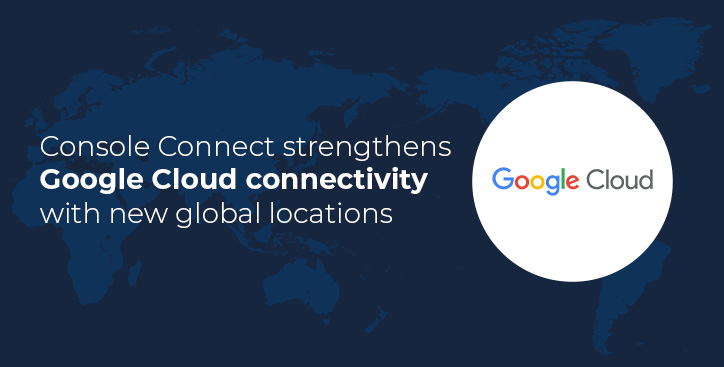
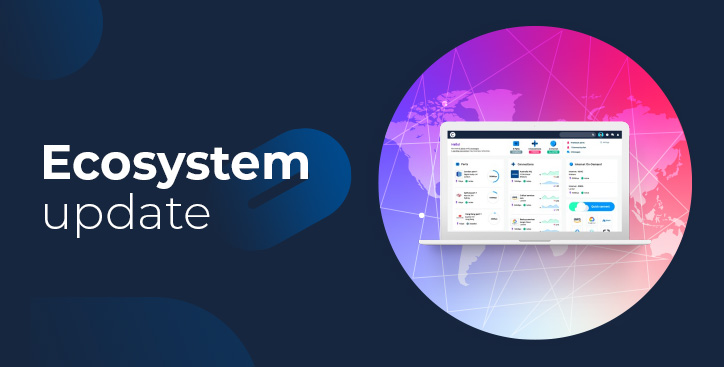
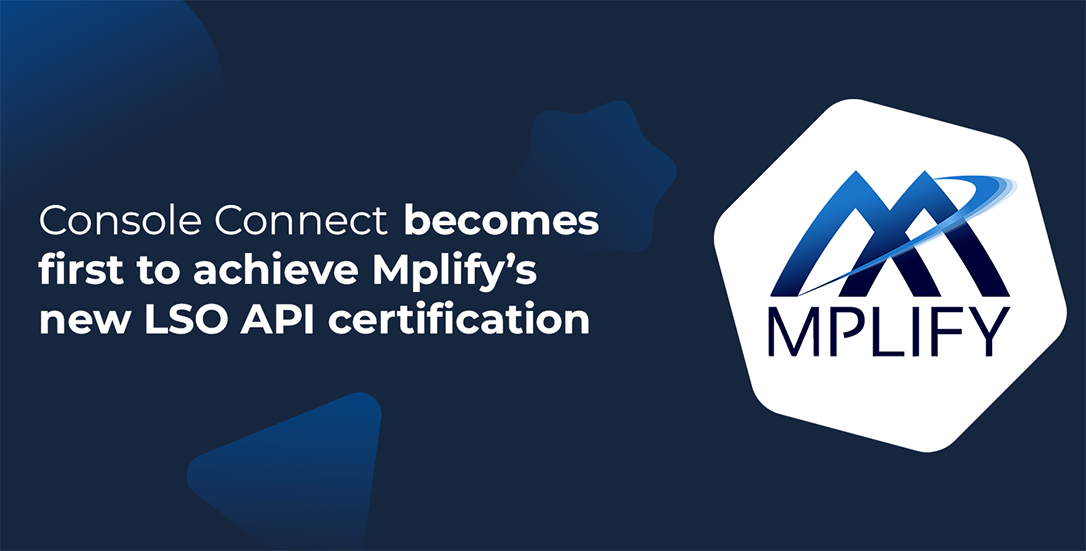

.jpg)
